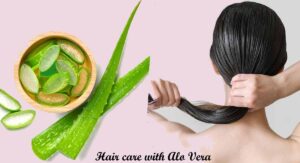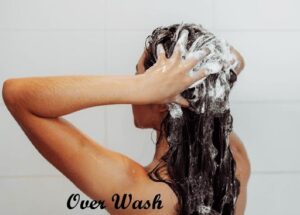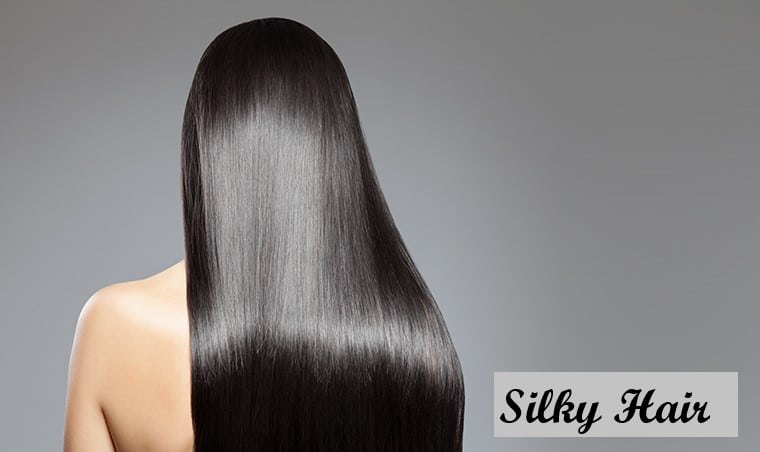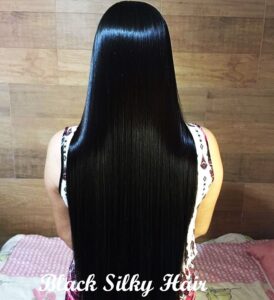Introduction: Silky Hair
If you make a purchase after clicking on one of our links, we may get a small commission.
We all dream of having silky, smooth hair that flows effortlessly. But achieving it often feels like a mission impossible. Good news—it doesn’t have to be. With the right habits, products, and understanding of your hair, silky strands are entirely within reach. We should separate it bit by bit.
What Does Silky Hair Really Mean?
Before we jump into tips and tricks, it’s essential to clarify what “silky hair” actually means. Silky hair is often characterized by smoothness, shine, and a soft texture. It’s hair that glows under light and feels like satin between your fingers.
Why Everyone Loves Silky Hair
Silky hair is universally adored, and for good reason. Not only does it look stunning, but it also conveys a sense of health and care.
The Appeal of Shiny, Smooth Strands
There’s something about smooth, shiny hair that’s mesmerizing. It reflects light beautifully, creating that sought-after glossiness. It’s like wearing a natural crown that radiates health and beauty.
How Silky Hair Enhances Confidence
Let’s face it—when your hair feels amazing, so do you. Silky hair can significantly boost your confidence. You feel more put together and ready to face the world.
The Science Behind Silky Hair
If you want to unlock the secret to silky hair, understanding the science behind it is a great place to start.
Hair Structure
Your hair is made up of layers, and the outermost layer—the cuticle—plays a massive role in determining its texture. When your cuticles lie flat, your hair feels smoother and looks shinier.
Role of Natural Oils and Moisture
Hair’s silkiness is directly related to moisture. Your scalp naturally produces oils that condition your strands, and when properly maintained, these oils create that soft, silky finish we all want.
Cuticle Layer: The Key to Smoothness
Your cuticle layer acts like tiny shingles on a roof. When they’re flat, your hair looks smooth and shiny. However, when they’re raised or damaged, hair can feel rough and frizzy.
Importance of Hydration for Hair
Water isn’t just crucial for your skin; it’s a must for silky hair too. Hydration helps keep those cuticles flat and healthy, locking in moisture and smoothness.
How to Achieve Silky Hair: A Step-by-Step Guide
Now that we understand the basics, let’s dive into actionable steps to achieve the silkiness of your dreams.
Choosing the Right Shampoo and Conditioner
First things first—your shampoo and conditioner matter. Look for products specifically designed for hydration and smoothness. Ingredients like argan oil, keratin, and shea butter work wonders for enhancing hair texture.
Hair Masks: The Secret to Deep Conditioning
Sometimes, your hair needs an extra TLC session. Enter hair masks. These intensive treatments deeply nourish and hydrate your hair, leading to silky, soft locks.
DIY vs. Store-Bought Masks
Wondering if DIY masks work as well as store-bought ones? The truth is, both can be effective. Store-bought masks are often more convenient and packed with scientifically-backed ingredients, but a good DIY avocado or coconut oil mask can do the trick too.
How Often Should You Wash Your Hair?
Over washing is one of the biggest culprits behind dry, frizzy hair. If you’re aiming for silkiness, washing your hair every 2-3 days is ideal. This allows your natural oils to nourish your strands without buildup.
Hair Care Habits That Boost Silkiness
Beyond products, your hair care routine is a game-changer when it comes to achieving silky hair.
The Magic of Cold Water Rinsing
It might sound uncomfortable, but rinsing your hair with cold water is a surefire way to lock in moisture and flatten your cuticles. This leaves your hair shinier and smoother.
Avoiding Heat Damage
Hot tools are fun, but they can seriously damage your hair, leading to dryness and frizz. If you’re going to use them, always protect your hair first.
Heat Protectants: Your Hair’s Best Friend
Never skip a heat protectant before styling! These products act as a shield between your hair and high temperatures, preventing damage and keeping your locks silky smooth.
The Power of Regular Trimming
Split ends can ruin the sleekness of your hair. By trimming your hair regularly—every 6 to 8 weeks—you ensure your hair looks healthy and maintains its silkiness.
Foods for Silky Hair
What you eat impacts your hair as much as your hair care routine. Let’s talk about the foods that will nourish your strands from within.
Vitamins and Nutrients for Hair Health
Protein, biotin, omega-3s, and vitamins A, C, and E are essential for maintaining silky hair. These nutrients help keep your hair strong, moisturized, and shiny.
Hydration from the Inside Out
Drinking enough water is crucial. Hydration isn’t just about applying oils and serums; your body needs to stay hydrated to support healthy hair.
Hair Products That Deliver Silky Results
The right products can make or break your quest for silky hair. Here’s a roundup of some of the best ones.
Serums and Oils to Try
Lightweight oils like argan or jojoba oil are perfect for adding shine without making your hair greasy. Hair serums designed for smoothness can also help tame flyaways and frizz.

Hair Care with Aloe Vera
Aloe vera is widely recognized for its numerous benefits in hair care, helping to moisturize, strengthen, and soothe the scalp. It contains vitamins A, C, and E, which contribute to cell turnover, promoting healthy hair growth and repair. Aloe vera’s anti-inflammatory properties can also help reduce dandruff and prevent scalp irritation.
Applying aloe vera can hydrate and condition the hair, making it softer and shinier. Many DIY recipes combine aloe vera gel with oils like coconut or castor oil for enhanced moisture and nourishment.
To use aloe vera, you can apply the fresh gel directly to the scalp and hair, leave it on for 30 minutes, and then rinse thoroughly for best results.
Sulfate-Free Shampoos: Are They Worth It?
Sulfate-free shampoos are gentler on your hair and scalp, helping to retain natural oils. If your hair feels stripped after washing, switching to sulfate-free could make all the difference.
The Role of Genetics in Hair Texture
It’s true that genetics play a significant role in hair texture, but how much of it is under your control?
Can You Change Your Hair Type?
While you can’t entirely change your hair type, you can enhance its natural texture with the right care routine and products. You might not transform curls into pin-straight strands, but you can make them softer and silkier.
How Much of It Is in Your Control?
While genetics determine your hair’s natural tendencies, how you care for it can dramatically improve its texture. With the right methods, even naturally coarse hair can become silkier.
Common Mistakes That Ruin Hair Texture
A few common hair care mistakes can easily undo all your hard work.

Over washing
Over washing strips your hair of its natural oils, leading to dryness. Space out your washes and let your scalp’s oils do their job.
Using the Wrong Towel
Using a rough towel can cause frizz and break.


